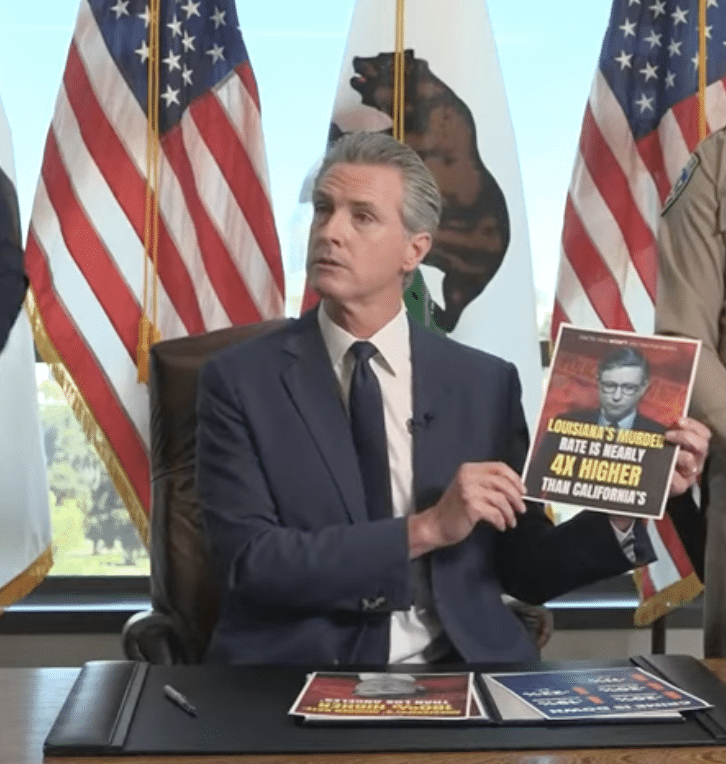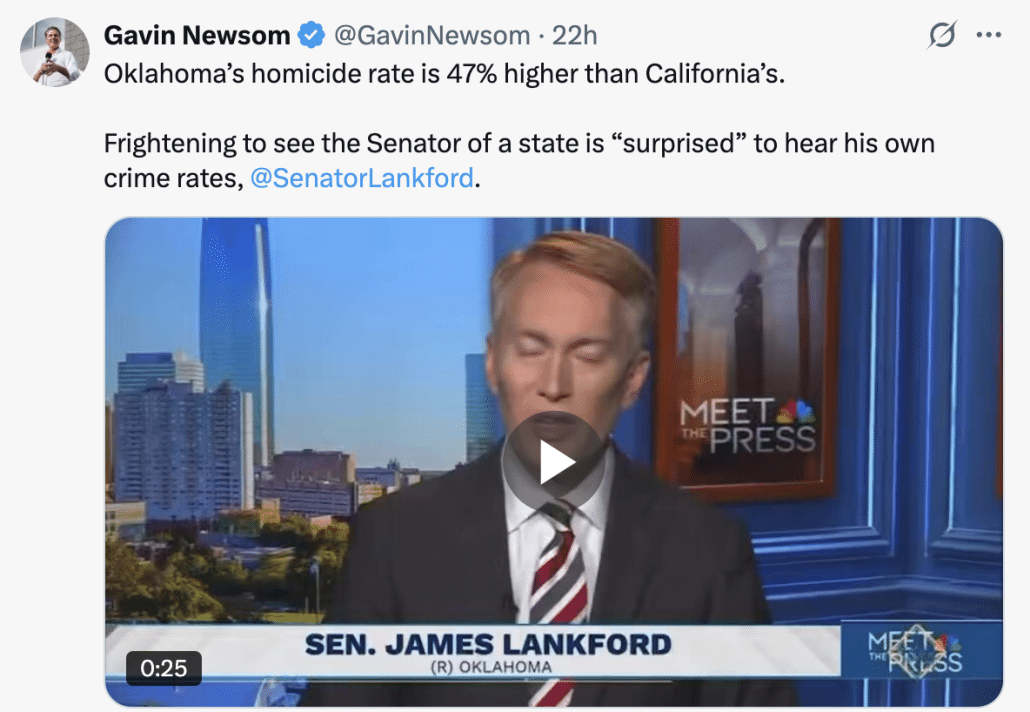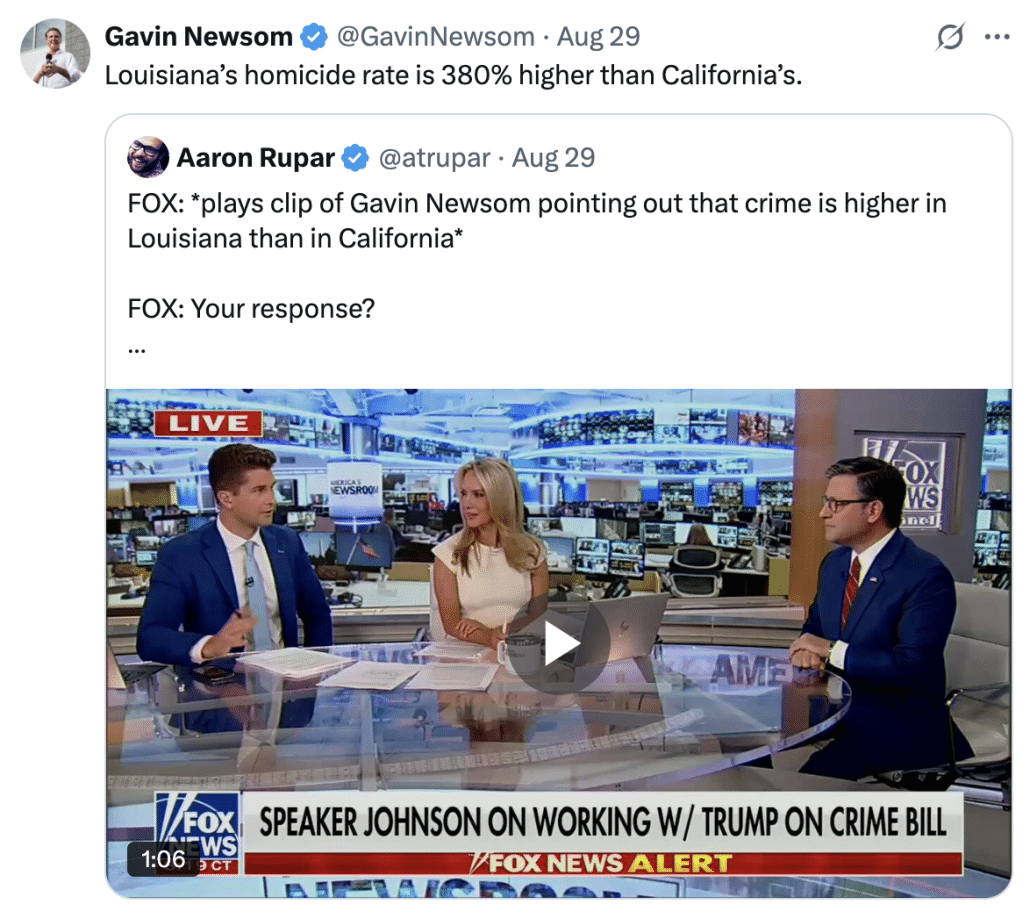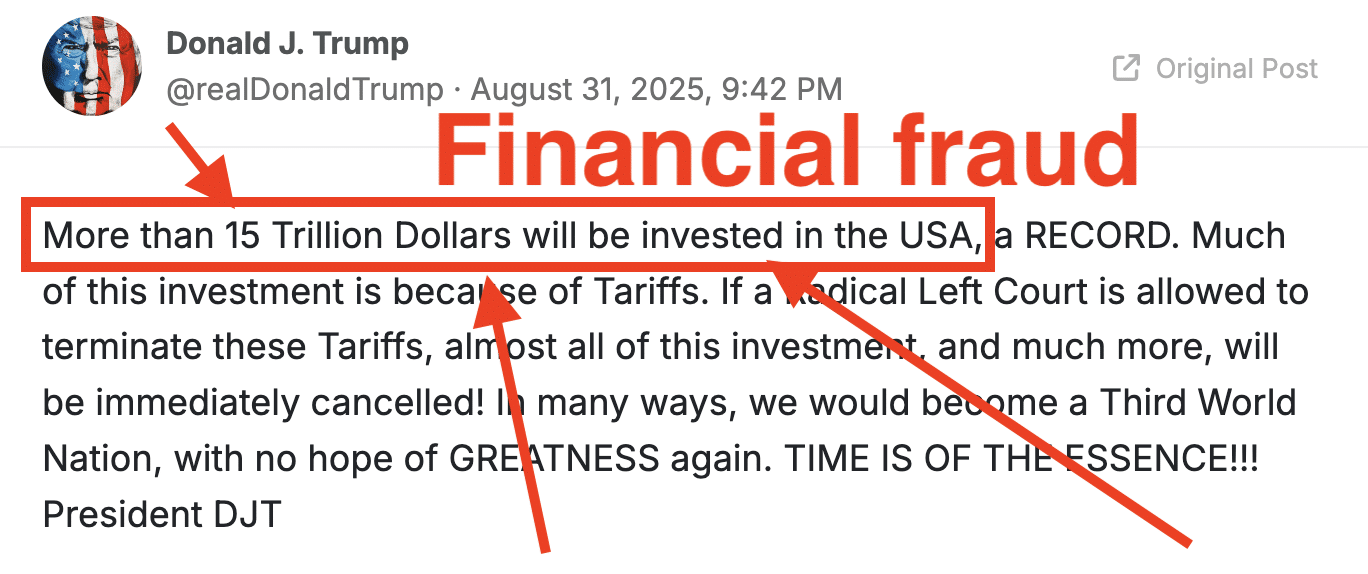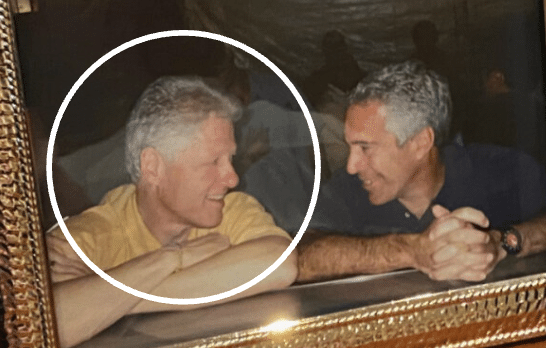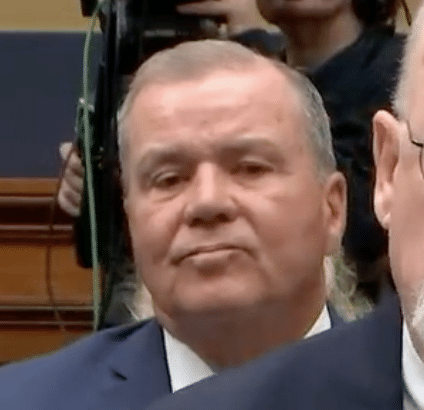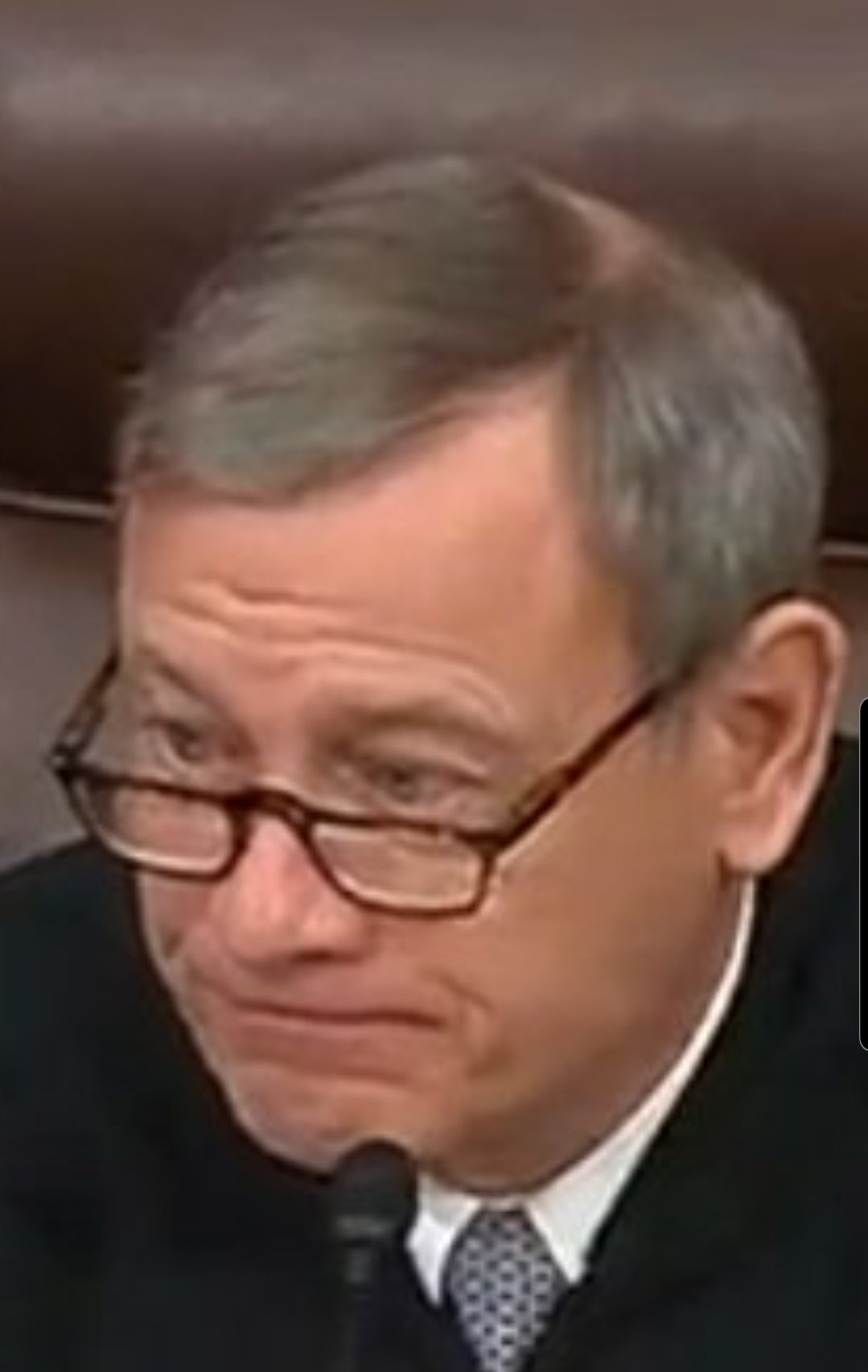A Tale of Two Governors: Confronting versus Dick-Wagging
In a column on an imagined split in the Democratic party over the word “distraction,” Ron Brownstein linked to this Molly Jong Fast interview with Gavin Newsom in support of his argument that Newsom was criticizing a focus on affordability.
In a recent interview with podcaster Molly Jong-Fast, Newsom implicitly criticized the instinct of other Democratic leaders to pivot back to economic issues whenever possible.
But Brownstein was misrepresenting the jist of the conversation with Newsom and Jong-Fast, and in so doing, wildly misunderstanding Newsom’s pivot. He’s not alone in missing the point. Brownstein’s column is among many from pundits who belatedly discovered Newsom’s trolling but wildly misunderstand it to be exclusively about a willingness to directly confront Trump.
The primary focus of Jong-Fast’s interview with Newsom was about him breaking through the news cycle. From the very start, she dated his breakthrough to two weeks earlier (so around August 9), while he described the shift in his messaging strategy first to Trump and Elon Musk’s disinformation during the fires,
Those first few days they were winning the messaging battle.
But as Newsom described, his state of mind changed when Trump invaded Los Angeles, back when I first profiled his trolling efforts.
And my state of mind radically changed at that moment. And our media shift [sic] changed. Our research, our clarity, the conditions changed, so we had to change. And we were no longer apologetic about things. I wasn’t trying to play nice.
And I know a lot of good people play nice. Talk about what you really focused on every day. And people will pay attention to your ten point plan on affordability. And talk about kitchen table issues. Well we’ve been doing that every damn day for years and years and years, with all due respect.
And that doesn’t get picked up. And then we’re chasing lies and misrepresentations and untruths.
And so about a few weeks ago, as it relates to redistricting, we decided yeah, we’re going to punch him back, and we’re going to put a mirror up to the absurdity that is Donald Trump.
Newsom’s comment was not about content — that ten point plan (indeed, he went on to lay out policies he dubbed progressive later in the interview).
It was about attention. That ten point plan “doesn’t get picked up,” which leaves you “chasing lies and misrepresentations and untruths.”
The import of attention can best be shown by Brownstein’s own invocation of JB Pritzker’s firey speech last week just before he invoked Newsom.
Pritzker has been unsparing in denouncing Trump as a “wannabe dictator,” as he put in a fiery news conference last week decrying the president’s threats to deploy the National Guard to Chicago. Surrounded by local business, religious and civic leaders, Pritzker struck a conspicuously more urgent tone than the party’s Congressional leadership. “If it sounds to you like I am alarmist, that is because I am ringing an alarm,” Pritzker insisted, before describing the prospect of troops on Chicago streets as “unprecedented, unwarranted, illegal, unconstitutional, un-American.”
Pritzker’s speech — as well as an appearance on Face the Nation — was precisely what Democrats want to see. It laid out how Trump is harming efforts to address crime and accused Trump of illicit motives for the invasion. But even though he implored the press not to both sides his comments about Trump’s invasion, many did (and by asking five questions about the 2028 presidential election, CBS’ Ed O’Keefe situated this as a 2028 conflict). Politico even did a story on how Pritzker is losing weight and Trump is taking notice.
And contrary to the claims of pundits who want this — a unified, firey press conference — to be enough, thus far it has achieved nothing more than Milwaukee Mayor Cavalier Johnson’s own comments about their success in fighting crime: a renewed request from the White House that he ask for help.
Indeed, every single day, Trump focuses on Chicago, raising the political stakes for Pritzker and Chicago Mayor Brandon Johnson.
The misunderstanding about Newsom’s success derives from the point I made here. Liberals and journalists understand language differently than fascists do. Liberals want to argue about truth, which Pritzker did exceptionally well. He laid out crime rates, he laid out how IL has addressed it, he laid out policy issues.
But right wingers want to grab and hold attention and mobilize emotion.
Compare how the two approaches work. In both his presser…
So in case there was any doubt as to the motivation behind Trump’s military occupations, take note: 13 of the top 20 cities in homicide rate have Republican governors. None of these cities is Chicago.
Eight of the top 10 states with the highest homicide rates are led by Republicans. None of those states is Illinois.
Memphis, Tennessee; Hattiesburg, Mississippi have higher crime rates than Chicago, and yet Donald Trump is sending troops here and not there? Ask yourself why.
And on Face the Nation, Pritzker factually described that Trump is focused on blue states when red states have worse crime.
Notice he never talks about where the most violent crime is occurring, which is in red states. Illinois is not even in the bottom half of states in terms of violent crime. Indeed, we’re in the best half of the states so- but do you hear him talking about Florida, where he is now from. No, you don’t hear him talking about that, or Texas. Their violent crime rates are much worse in other places, and we’re very proud of the work that we’ve done.
Newsom, by contrast, has relentlessly called out Republicans on Xitter every time they focus on blue state crime.
Often, when he calls out those Republicans, he treats their focus on blue states as a confession of their own ignorance, a dick wag that will drive engagement. He accuses Lankford of being stupid because he doesn’t know (or, just as likely, won’t admit) that murder in Oklahoma is higher than in California.
But a more remarkable intervention is this press conference he did last week.
The first seven minutes or so focused on new teams focused on policing — that was the focus of straight news reports like this one and this one.
For the next several minutes, Newsom reminded that we’re still waiting on the decision on Posse comitatus from Judge Charles Breyer, a decision that will be appealed and will determine the course of invasions for some time. He laid out the stakes of this (a point he returned to).
Newsom then had his top law enforcement officials speak, for about seven minutes; Newsom nodded to the support from communities for the law enforcement efforts.
Newsom then took questions. The first question was about whether this announcement was a response to Trump’s threats to deploy the National Guard. Newsom noted that Trump is doing things to people, not with people (and nodded again to the upcoming Breyer decision).
At 17:50 — this is the part that has been picked up nationally — Newsom then moved to trolling.
But I should note, just on that, if he is to invest in crime suppression, I hope that the President of the United States would look at the facts. Just consider Speaker Johnson’s state. Just look at the murder rate that’s nearly four times higher than Californian’s, in Louisiana. This is Speaker Johnson. 4-ex. Higher. I’m just offering — again, you’ll not see this on Fox News so the President may not be familiar with these facts. So I want to present some facts to the President of the United States. I imagine this is alarming to the President, to learn these facts, particularly Speaker Johnson, he’s been such a strong partner, and ally, in these efforts, so the carnage in Louisiana is well defined.
Newsom then turned to Mississippi, “Murder rate’s out of control, carnage,” again presenting it in terms of interest to the President (and in the same emotional language that Stephen Miller uses to address crime). He focused on Missouri, Arkansas.
Again, these are just, not just observations. They’re stone cold facts. And the fact remains that if the President is sincere about the issue of crime and violence, there’s no question in my mind that he’ll likely be sending the troops into Louisiana, Mississippi, to address the unconscionable wave of violence that continues to plague those states.
Not only did Newsom’s serial focus — with props — on right wing states get picked up by influencers and state Democratic parties, it baited Fox News, which asked Johnson about the stat in a live appearance (though without including the bit where Newsom said Fox would never cover it!), which Newsom then used for two more viral posts, one reiterating that Louisiana has a higher crime rate, another laughing at Johnson’s word salad.
Back to the press conference, in response to the next question, Newsom talked about the assault on America, especially racial profiling. He addressed how he was mirroring Trump’s grift and hypocrisy to raise a mirror to it.
The next question raised Trump’s alternative facts. Newsom focused on the chatbots on Fox News. He returned to the comparison of state crimes.
Where’s the President of the United States. These are the folks — these are his states that voted for him. His state of mind doesn’t seem to be focused on the issue of crime and violence. It’s about expression of authoritarianism. He reflects and waxes, two out of the last three days, about being a dictator.
He was asked if he was mimicking the Oval Office by holding the presser in his office, which he dodged.
In response to a late question, Newsom then noted that CA’s cops had to protect the Guard Trump deployed.
I want to also compliment the Commissioner. It was the CHP working with LAPD that were protecting the National Guard and the military in LA. I want to thank them for that. The LAPD, in partnership with the CHP, had to protect the Federalized Guard and the United States military after Donald Trump federalized them.
The last question attempted to bait Newsom into saying that crime wasn’t a problem. He repeated, again, that he was working with others, rather than doing to.
JB Pritzker and Gavin Newsom said, effectively, precisely the same thing. Both said they were addressing crime in their states, with positive outcomes, and so didn’t need any further intervention from Trump. Both noted that other states — red states — needed Trump’s help more. Both suggested that Trump was focusing on blue states out of an authoritarian plan.
But Newsom’s intervention worked differently for several reasons. Perhaps most importantly, Newsom focused the pressure on others, flipping the political script, on Speaker Johnson’s complicity in ignoring his own states to enable Trump’s invasions. When addressing Trump, Pritzker assumed a common understanding of factual data, simply stating that crime was higher in Florida and Texas. But Newsom pitched his discussion of variable crime rates on the presumption that Trump would have no idea of anything he didn’t see on Fox News (and for whatever reason, baited Fox into covering precisely that data). Newsom also appealed to tribalism, suggesting that Trump was neglecting the states that voted for him. As noted, Newsom also adopted the alarmist language used by Miller — but he did so to describe right wing states.
A big part of the difference, in my opinion, is audience. Pritkzer seemed to address the press or Democrats. Even while Newsom provided a news hook for local coverage, he also aimed to address Trump and right wing politicians and audiences — even baiting Fox News!! — in the kind of dick-wagging power language that is meaningful to them.
Not all of it worked. I haven’t seen anyone pick up the detail that the LAPD had to defend the Guard (that may be one reason the Guard in DC is armed).
But it used the idea of a press conference (albeit seemingly mocking Trump’s Cabinet Meetings) to provide different points of access for the straight press, for lefty influencers, and for right wing media.
This isn’t just about confrontation, which his what many pundits think it is. Both Pritzker and Newsom were confronting Trump directly. Brownstein misunderstands virtually everything that is going on (not to mention misunderstanding that members of Congress necessarily play a different role here).
This is about confronting Trump in a way that undercuts his basis of power, even while embarrassing the press of all stripes to stop normalizing Trump’s authoritarianism.
Update: Judge Breyer just enjoined Trump from violating the Posse comitatus act.

